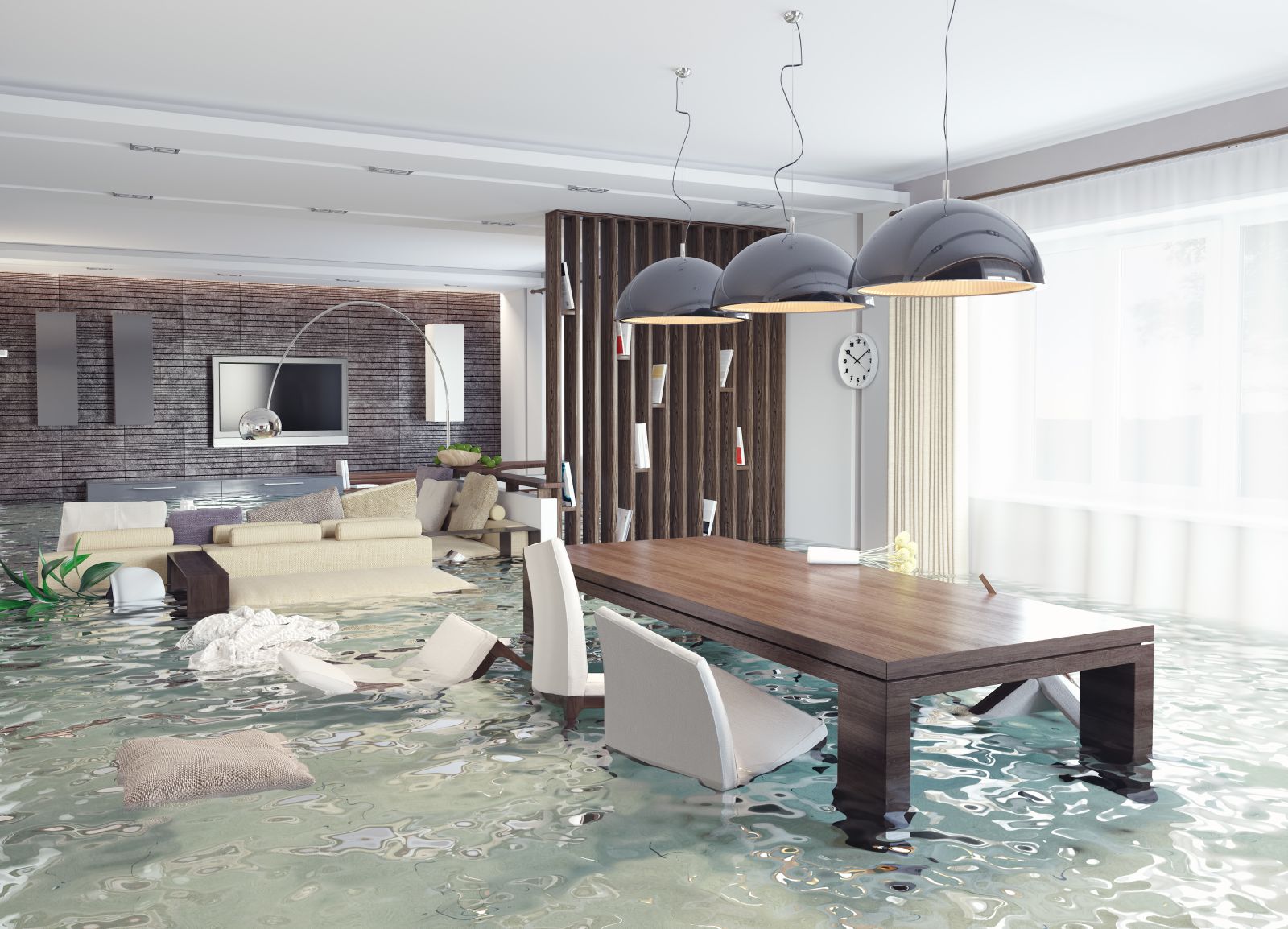The Three Classes of Water Damage

Water damage is a serious issue that can cause significant, lasting damage to your property. While all water damage might seem the same at first glance, there are key differences between each kind of that homeowners must understand — especially when it comes to what’s covered under their insurance.
In this blog post, we’ll explore the three classes of water damage, why these categories matter, and what homeowners need to know about each type, particularly regarding insurance coverage.

Why Are There Different Categories of Water Damage?
In the world of water damage, there are three main classifications that restoration experts need to consider. These categorizations help professionals and homeowners assess the severity of the damage, determine the appropriate actions to take, and ensure maximum safety.
Water damage categories are also used by insurance companies to determine coverage and liability. Water damage classifications are based primarily on the water source and type of water involved.
Class 1: Clean Water
The first type of water damage, commonly referred to as category one, is clean water damage. This is the least contaminated type of water damage and is typically caused by sources such as rainwater, supply line leaks, or broken faucets. Clean water damage is the safest type and typically poses the least health risk to humans.
While clean water damage is the safest type to come into contact with, it’s still important to address this issue as quickly as possible to prevent escalation when left untreated. Mold growth can occur within 24 to 48 hours, so contact a skilled water damage restoration expert at the first sign of clean water damage.
Class 2: Gray Water
Category two water damage is referred to as gray water damage, which is slightly more contaminated than clean water damage.
This type of water damage is typically categorized by potentially harmful microorganisms and chemicals and is usually caused by sources like washing machines, dishwashers, or minor toilet overflows.
Exposure to gray water may not be as toxic as black water damage, but it still poses a greater health risk than clean water and should be handled with extreme caution. It’s critical to ensure thorough cleaning and disinfection to prevent health problems and further damage to your property.
Class 3: Black Water
Black water damage is the most severe and hazardous type that can happen to your property. This type of water damage is considered highly contaminated and may contain bacteria, sewage, and other harmful pathogens that can significantly impact your health.
The most common causes of black water damage include sewage backups, flooding, or natural disasters.
Cleaning up after a black water damage event requires extreme caution and professionalism as this category poses significant health risks. Immediate remediation is critical to prevent the spread of diseases and avoid further destruction to your property.
What Types of Water Damage Does Homeowners’ Insurance Cover?
In many cases, water damage restoration may be covered by your homeowners’ insurance policy; however, the breadth of coverage will depend on the type of policy you have. Generally, most standard policies will cover accidental water damage caused by burst pipes and leaking appliances. Water damage due to flash flooding or negligence may not be covered.
To ensure you have the best coverage for your needs, review your policy carefully. If you live in an area prone to flooding, purchasing a separate flood insurance policy may be a good idea to ensure adequate coverage in the event of a flood.

Schedule Restoration Services With Good Times Plumbing & Restoration
If you’ve experienced water damage at your property in Chandler, AZ, and need urgent assistance, contact Good Times Plumbing & Restoration to request water damage remediation.
Our team is available 24/7 to deliver the fast, effective water damage restoration you need to regain total comfort and safety in your home or business.
Schedule water damage restoration estimate today by calling 602-805-1399.


